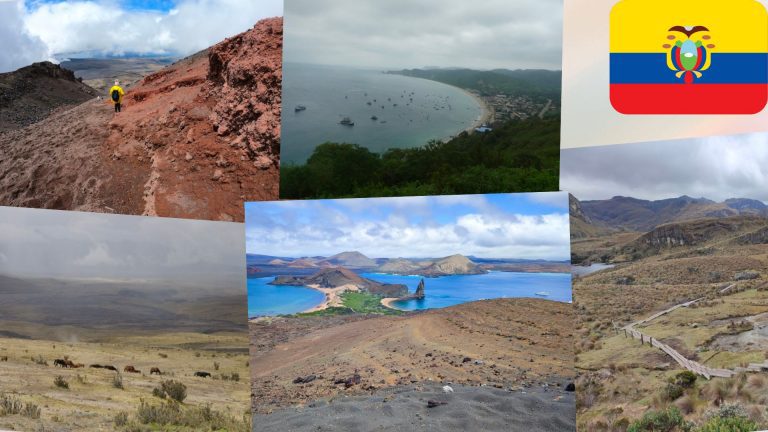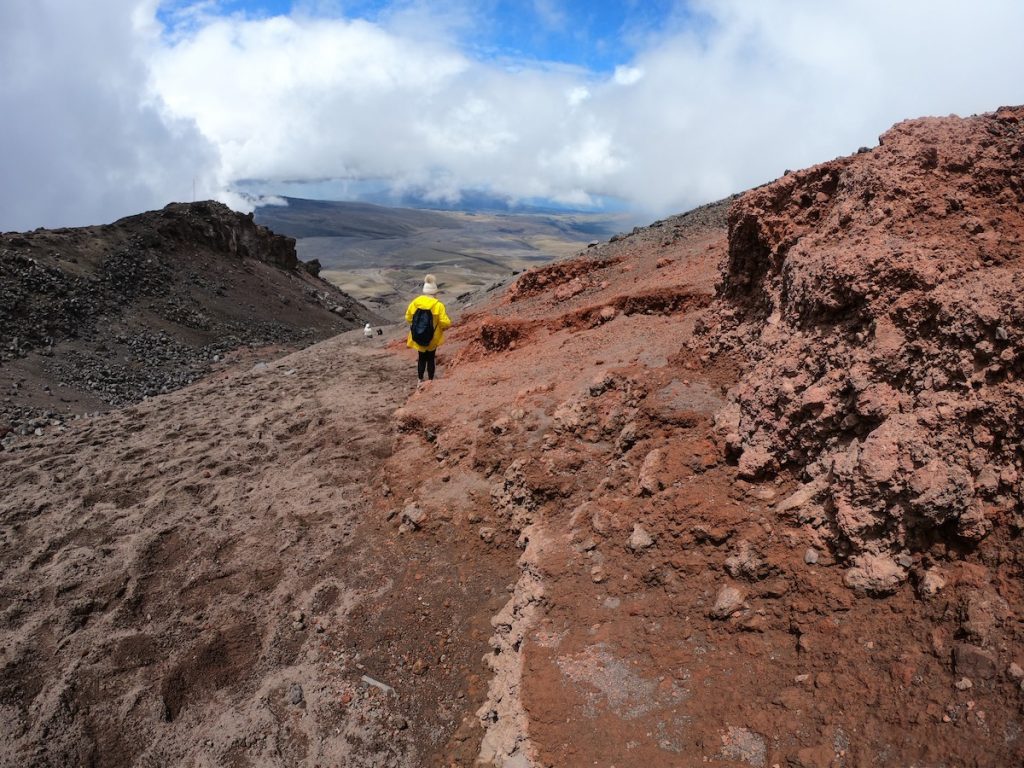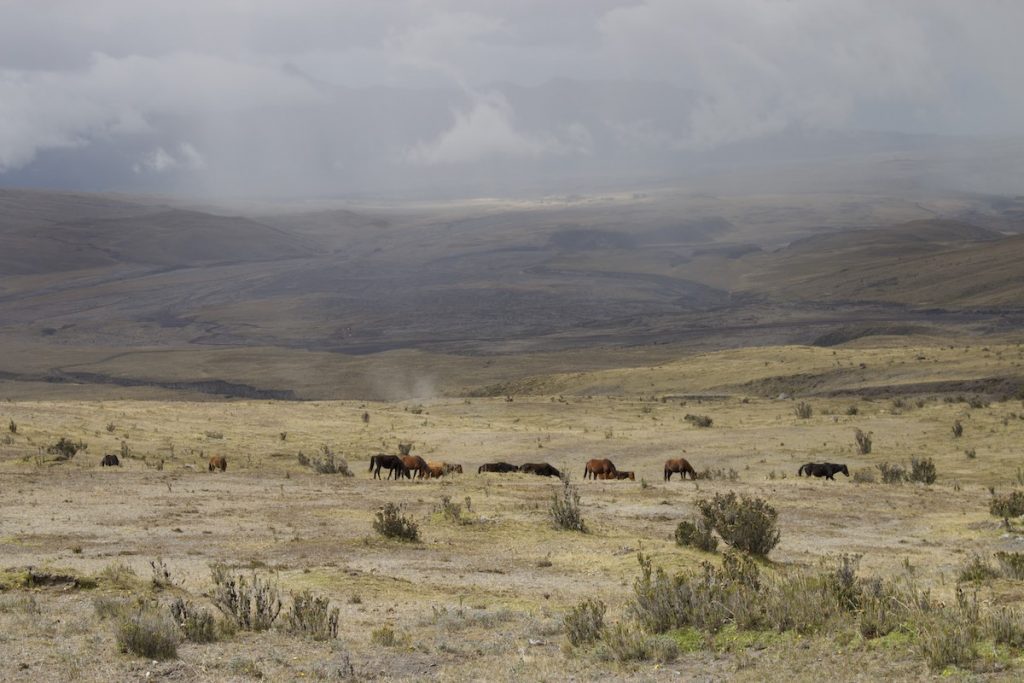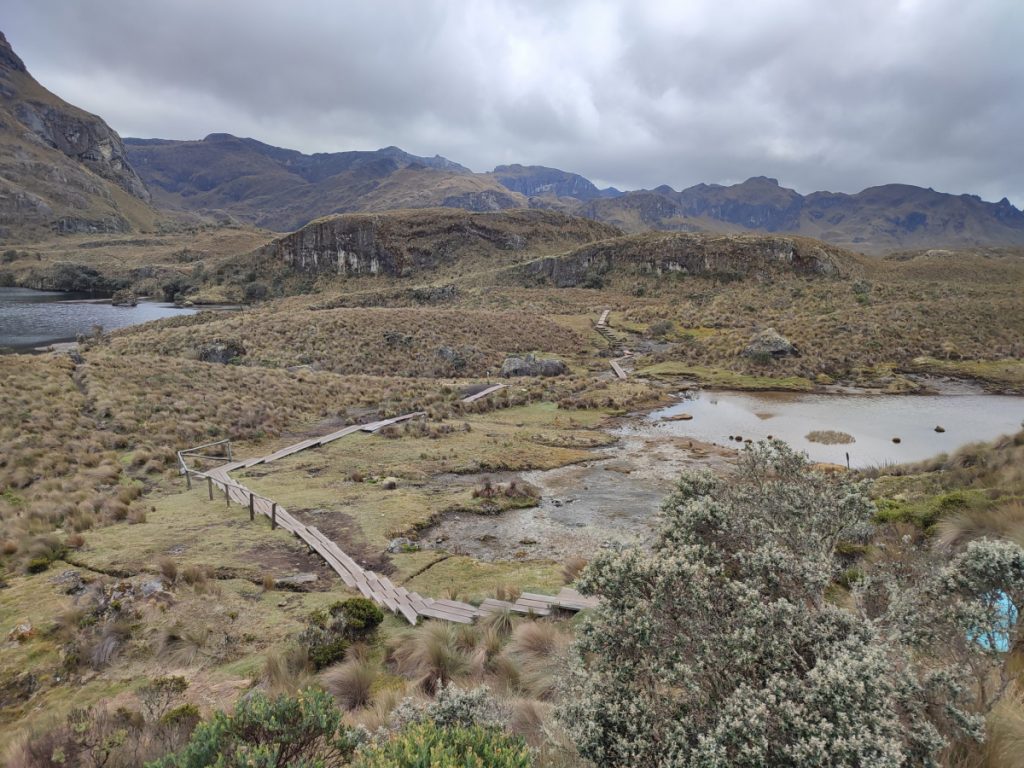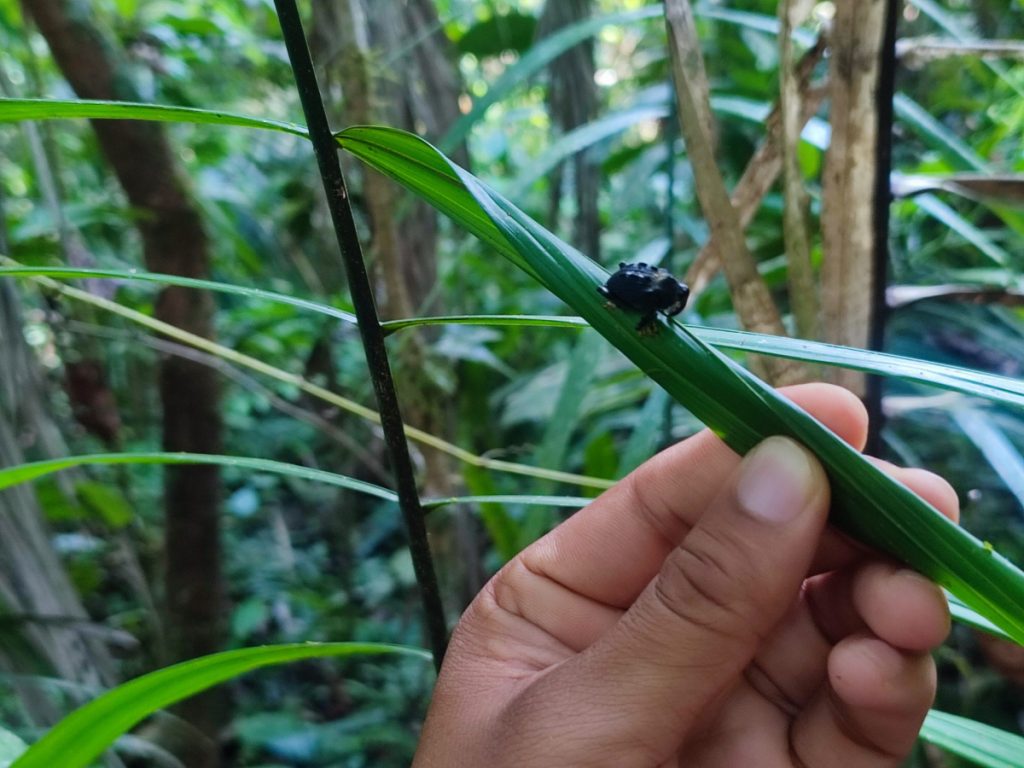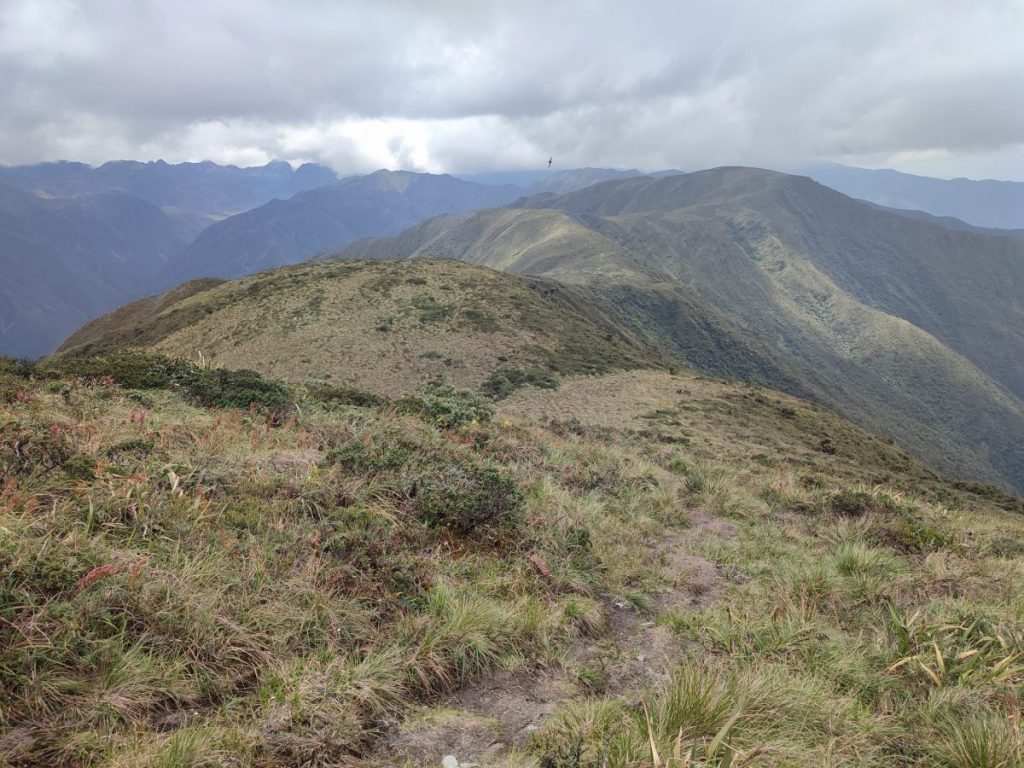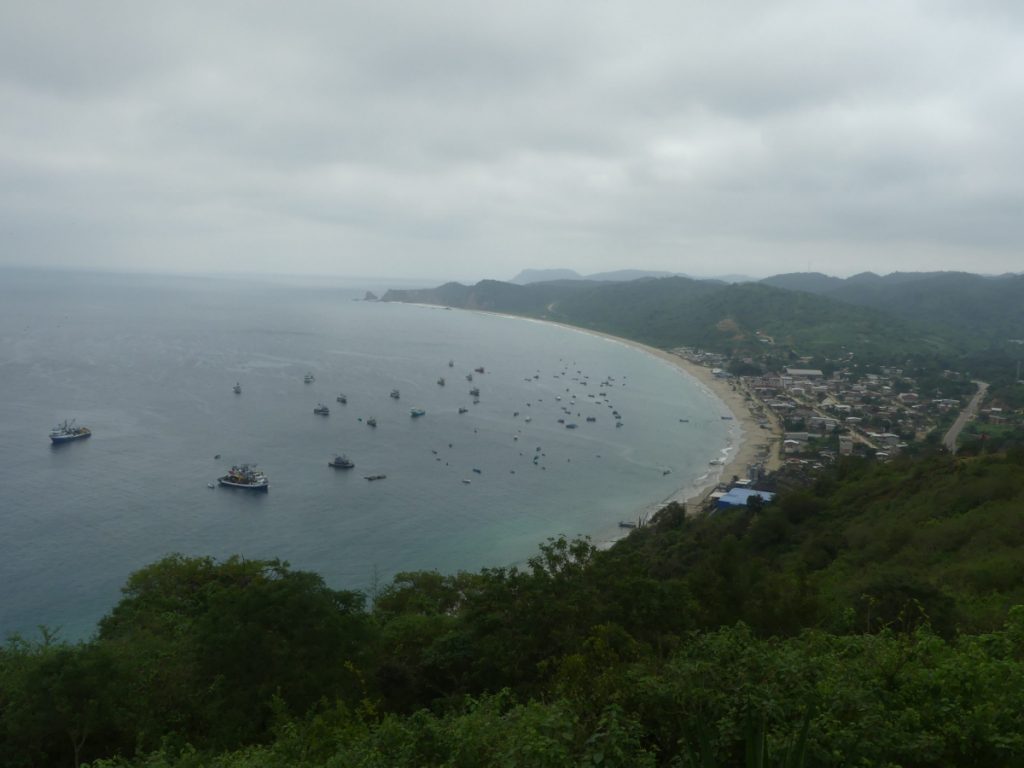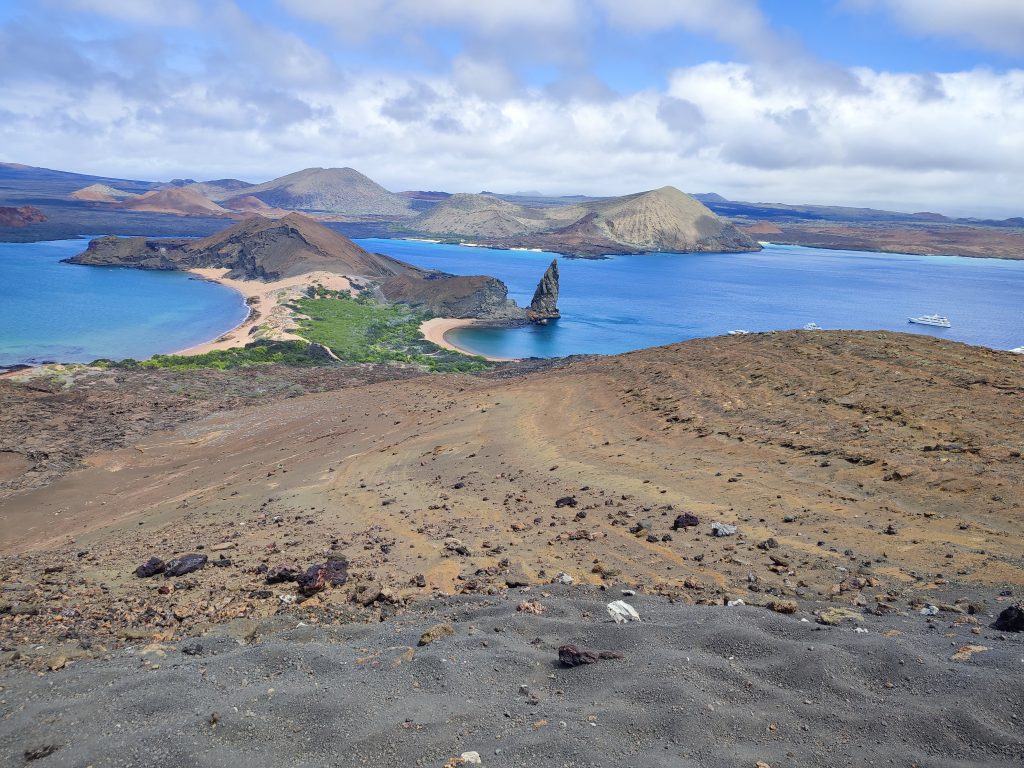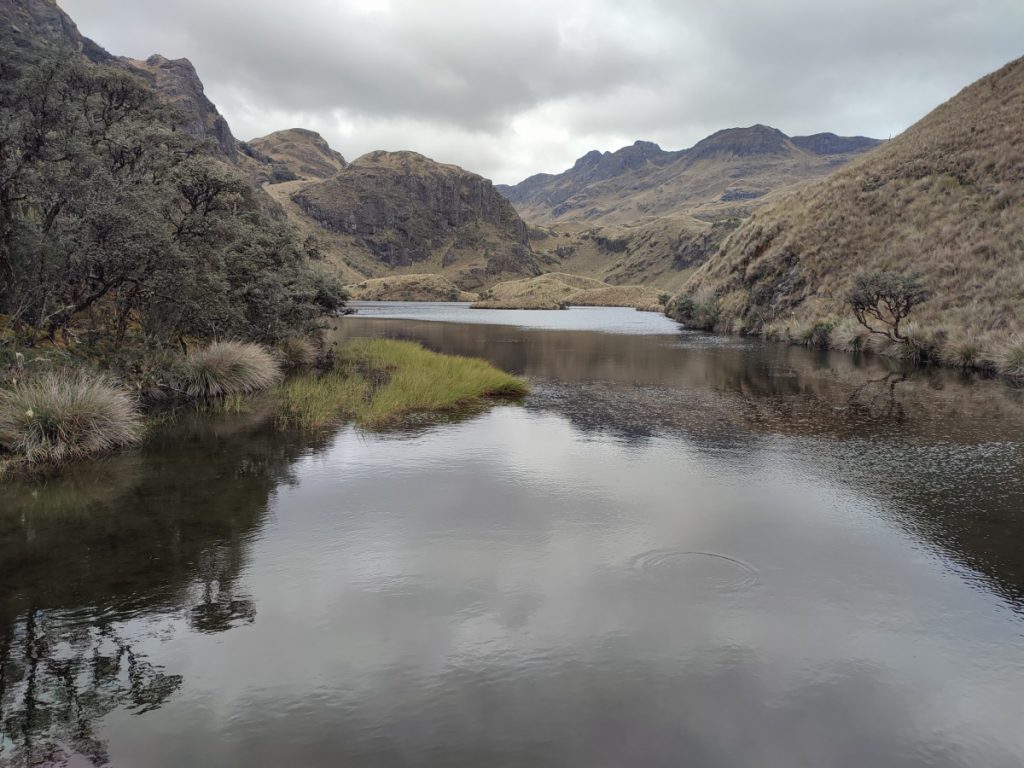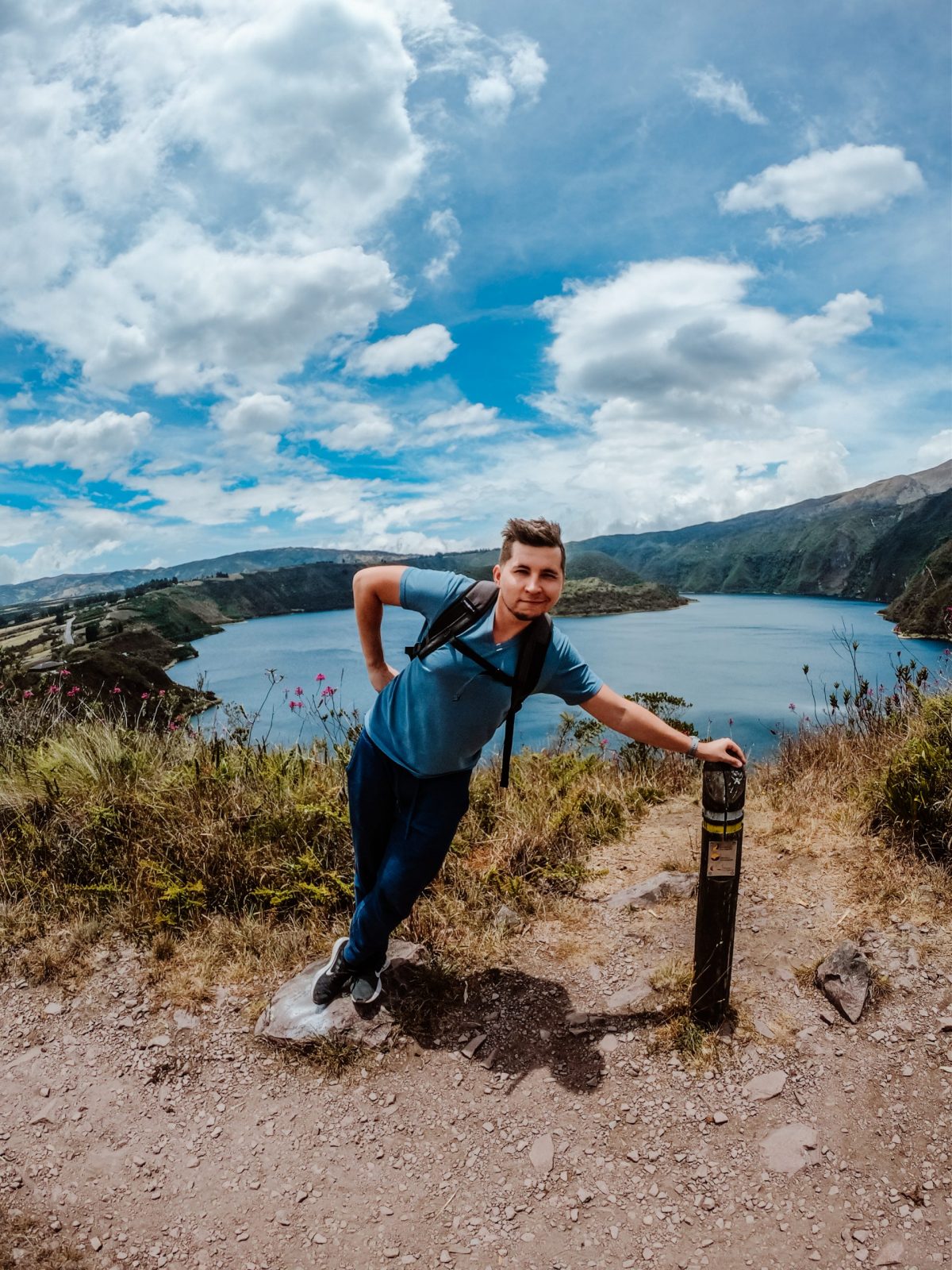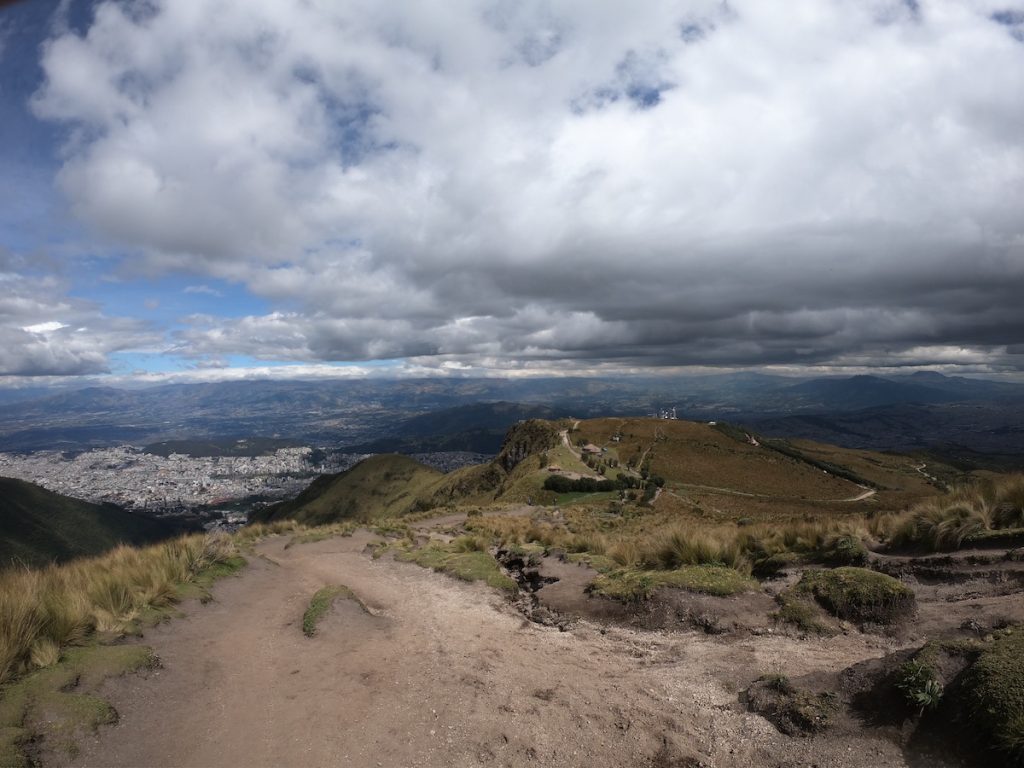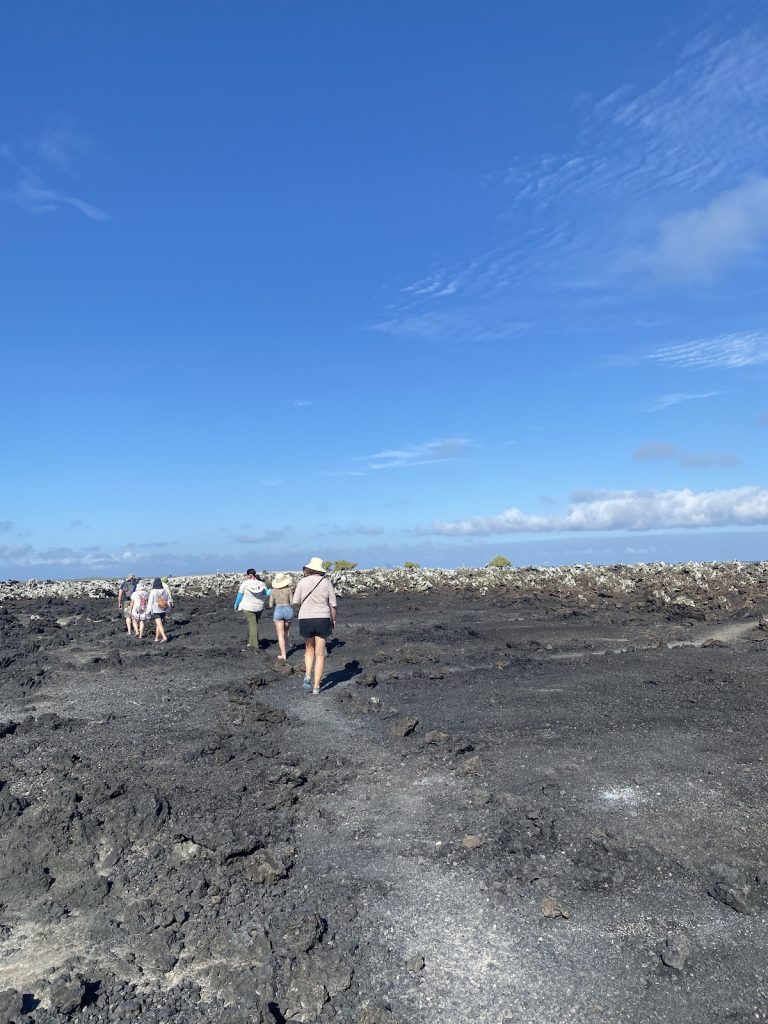Ecuador is home to 11 incredible national parks, each offering a glimpse into the country’s breathtaking diversity. My wife and I were amazed by the variety of landscapes we encountered—from towering mountains and dense rainforests to serene coastlines and volcanic craters. These parks truly have something for everyone, whether you’re looking to hike, swim, bike, or simply marvel at the unique wildlife.
During our trip, we had the chance to visit a few of these parks, each leaving us with unforgettable memories. Below is a list of Ecuador’s national parks—take a look and see which ones might inspire your own adventure!
Discover Ecuador’s unparalleled beauty with a FREE travel plan tailored to your interests! From the majestic Cotopaxi to the hidden treasures of Yacuri, let trusted local experts help you navigate these breathtaking national parks. Your booking supports this blog and Ecuadorian communities, ensuring your adventure has a meaningful impact.
Plan perfect trip to Ecuador & Galapagos
I spent countless hours researching everything about traveling to Ecuador, and I created this blog for fellow travel enthusiasts who want the best, most reliable information. But if you want to save time, we’ve partnered with the top local agency to plan your dream trip.
Cotopaxi National Park
Cotopaxi National Park offers so much more than just its iconic volcano, and my wife and I thoroughly enjoyed exploring its other highlights. One of our favorite spots was the scenic Limpiopungo Lake, where we took a leisurely hike surrounded by stunning landscapes and even spotted a few wild horses grazing nearby. It was the perfect place to pause and snap photos that captured the park’s natural beauty.
For those craving more adventure, the park also offers mountain biking down the volcanic scree slopes—a thrilling activity we’ve already added to our bucket list for our next visit. History enthusiasts will appreciate visiting Pucará Del Salitre to explore the fascinating ancient Incan ruins tucked away in the park.
We were lucky with the weather, but for the clearest views of Cotopaxi and its surroundings, the dry and windy season from mid-July to early October is the ideal time to visit. The crisp air and vibrant landscapes during this period make the experience even more magical.
El Cajas National Park
Location: Azuay province
El Cajas National Park, located less than an hour from Cuenca in Azuay province, was one of the most peaceful and breathtaking places my wife and I visited in Ecuador. It’s a beloved escape for locals, and we quickly understood why. The rugged peaks, shimmering lakes, and mix of moorland and cloud forests create a setting that feels straight out of a storybook. As we strolled by the lagoons, we spotted Andean ducks gliding across the water and mountain gulls soaring above—a serene moment we won’t forget.
What fascinated us most about El Cajas was its unique geography. Positioned along the continental divide, the park feeds rivers that flow eastward to the Amazon and westward to the Pacific. This natural divide supports an incredible variety of habitats, and it felt like every corner of the park was alive with diverse wildlife. It’s the kind of place that leaves you in awe of Ecuador’s natural beauty.
Yasuni National Park
Location: Pastaza and Orellana provinces
Established in 1979 and recognized as a UNESCO Biosphere Reserve, Yasuni National Park left my wife and me absolutely awestruck. Known as one of the most biologically diverse places on Earth, this park is where the Andes, the Amazon rainforest, and the equator converge—a rare combination that creates a haven for an incredible array of plant and animal species. Walking through this lush environment, it felt like we were stepping into another world.
To visit Yasuni, we booked a stay at an Amazon lodge, which turned out to be one of the most immersive experiences of our trip. The excursions included serene river journeys and guided rainforest hikes, where we marveled at the vibrant wildlife around us. From colorful birds and curious monkeys to unique plants we’d only ever seen in documentaries, Yasuni offered an unforgettable glimpse into the heart of the Amazon. It’s a place that truly showcases the magic of Ecuador’s natural heritage.
Podocarpus National Park
Location: Loja and Zamora provinces
Podocarpus National Park, near Ecuador’s southern border with Peru, was a highlight of our journey through the country’s diverse landscapes. Known as “The Botanical Garden of America,” it boasts Ecuador’s only native conifer species, all part of the Podocarpus family, and features 50 glacial lakes that took our breath away. Recognized as a Ramsar site and Biosphere Reserve, the park’s extraordinary plant and wildlife diversity made it feel like we had stepped into a living museum.
We entered the park through Loja, where shorter trails gave us a wonderful introduction to the region’s unique flora and fauna. The trails were manageable yet rewarding, perfect for a relaxed day of exploring. On another visit, we hope to explore the eastern entrance near Zamora, where the warmer climate promises an entirely different ecosystem. The idea of contrasting two such distinct environments within the same park is one of the reasons Podocarpus felt so special to us.
Machalilla National Park
Location: Manabi province
Galapagos National Park
Location: Galapagos Islands
Galapagos National Park, Ecuador’s first national park and a UNESCO World Heritage Site, was the crown jewel of our trip. Spanning 97% of the Galapagos Islands, it includes 21 islands, 18 of which are significant, and an expansive marine area of 17,000 square miles (45,000 square kilometers). The sheer scale and diversity of the park left my wife and me in awe.
We loved hiking some of the park’s most iconic spots. On San Cristobal Island, we tackled the trail to Cerro Tijeretas, enjoying spectacular views of the coast and a chance to spot frigatebirds gliding overhead. On Isabela Island, walking to the Wall of Tears was both scenic and humbling, with its historical significance adding depth to the journey.
One of our most memorable stops was the Charles Darwin Research Station in Puerto Ayora, Santa Cruz. It was fascinating to see the efforts to preserve the Galápagos Giant Tortoises and learn about Darwin’s work that revolutionized our understanding of natural selection.
The islands are a living showcase of unique and endangered species, like Marine Iguanas, Galápagos Penguins, and the iconic tortoises. We flew in from Guayaquil and stayed several days, giving us enough time to soak in the natural beauty and unforgettable wildlife encounters that the Galapagos are famous for.
Sangay National Park
Location: Tungurahua, Chimborazo, and Morona Santiago provinces
Founded in 1979 and recognized as a UNESCO World Heritage Site in 1983, Sangay National Park was one of the most striking places my wife and I explored on Ecuador’s mainland. Stretching between the Amazon Basin and the towering Andes, the park’s vastness and diversity made it a true natural wonder.
Cayambe Coca National Park
Location: Sucumbios, Pichincha, Napo, and Imbabura province
Cayambe-Coca National Park was a fascinating stop during our journey through Ecuador, as it bridges the Amazon Basin rainforest with the highlands surrounding the majestic Cayambe volcano. The park’s rich biodiversity amazed my wife and me, offering the chance to see spectacled bears, Andean condors, and even armadillos. We didn’t spot all of these elusive animals, but the sheer number of species—116 amphibians, 70 reptiles, 395 birds, and 106 mammals—left us in awe of the park’s incredible wildlife.
What made our visit even more special was learning about the indigenous communities that call the park home. The Quechua of Oyacachi and the Cofán of Sinangoé have lived here for generations, preserving their traditions while coexisting with this protected environment. It was inspiring to witness the harmonious relationship between the people and nature.
One of the most memorable highlights for us was the orchid reserve along the Cascada San Rafael trails. Lovingly curated by Edgar Guerrero, this unique spot showcases orchids he rescues from the wild, planting them on a slope and studying the perfect conditions for each to thrive. Walking through the reserve felt like stepping into a living artwork, and it’s a must-see for any nature lover visiting Cayambe-Coca.
Llanganates National Park
Location: Tungurahua, Pastaza, Napo, and Cotopaxi provinces
Yacuri National Park
Location: Zamora Chinchipe and Loja provinces
Yacuri National Park, nestled along Ecuador’s border with Peru, was a serene escape that my wife and I found truly captivating. Spanning the provinces of Loja and Zamora Chinchipe, it forms part of the Podocarpus-El Condor Biosphere Reserve, showcasing a remarkable variety of ecosystems. From its cloud forests to brush plains and 46 stunning high-altitude lakes, Yacuri felt like a hidden gem waiting to be explored.
We were particularly fascinated by the park’s role as a vital water source, encompassing the headwaters of two major water basins: Chinchipe-Mayo to the east and Catamayo-Chira to the west. Walking through the park, we marveled at its geological diversity. The western slopes revealed rugged andesitic lavas and rhyolite, while the eastern side was adorned with shimmering quartzites and gneisses. It was like walking through a natural geology exhibit.
The lush landscape, dotted with lagoons, streams, and bogs, had a tranquil charm. Grasses and mosses thrived in the wet, boggy areas, while Polylepis trees created a striking contrast on the nearby slopes. Seeing thick layers of lichens clinging to the rocks added to the park’s raw, untouched beauty. Yacuri left us with a sense of peace and appreciation for Ecuador’s lesser-known treasures.
Ecuador’s national parks offer unforgettable adventures—from serene lagoons to soaring volcanoes. Not sure where to start? Get a FREE personalized itinerary designed by local experts. Save time, support Ecuadorian communities, and make your journey one for the books!
Sumaco Napo-Galeras National Park
Location: Sucumbios, Orellana, and Napo provinces
Conclusion
Ecuador’s breathtaking biodiversity left a profound impression on my wife and me, and it was heartwarming to see how deeply Ecuadorians value their natural heritage. Each of the 11 national parks we explored felt like a testament to their dedication to preserving the country’s stunning landscapes and unique wildlife. These parks aren’t just protected areas—they’re sanctuaries that ensure future generations can experience the same awe and wonder we felt.
After immersing ourselves in the beauty of these parks, we realized how much more there is to discover in Ecuador. Each visit left us inspired to keep exploring, and we can’t wait to return someday to uncover even more of this incredible country.
Plan perfect trip to Ecuador & Galapagos
I spent countless hours researching everything about traveling to Ecuador, and I created this blog for fellow travel enthusiasts who want the best, most reliable information. But if you want to save time, we’ve partnered with the top local agency to plan your dream trip.

